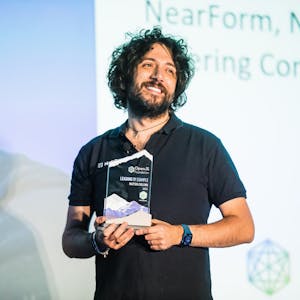The Graph is an indexing protocol for querying networks like Ethereum, IPFS, and other blockchains. Anyone can build and publish open APIs, called subgraphs, making data easily accessible.
In this workshop you’ll learn how to build a subgraph that indexes NFT blockchain data from the Foundation smart contract. We’ll deploy the API, and learn how to perform queries to retrieve data using various types of data access patterns, implementing filters and sorting.
By the end of the workshop, you should understand how to build and deploy performant APIs to The Graph to index data from any smart contract deployed to Ethereum.
This workshop has been presented at GraphQL Galaxy 2021, check out the latest edition of this Tech Conference.












Comments